Projects for the adaptable city (13)
April 05, 2013

Sulzer Factory Area. Vetsch, Nipkow Partner. Winterthur. Switzerland. Image: Ralph Feiner
Europan 12 proposes to explore the question of time with a view to making the city more adaptable. Two of the sites proposed by the organization are Asker (Norway) and Couvet (Switzerland).
If you are working on a project for any of these sites, have a look at the following projects:
Sulzer Factory Area. Vetsch, Nipkow Partner. Winterthur. Switzerland
Until recently, the premises conjured up the golden era of Swiss mechanical engineering: intact production facilities, an abundance of casting tools, steel parts and warehousing installations, a diesel engine as a monument, and enormous craneways in the midst of monstrous factory halls. Strolling through the distinctive open spaces and lofty halls, the odour of oily bare steel parts still dominates, the noise is still remarkable in some places, and the chaos is considerable. In other parts, tranquillity has already taken hold, and everything is still in place as if the spaces had become a theatre stage. Aware of the fact that the atmosphere of past times is on the verge of vanishing, the architects have systematically transferred the inner relationships between places and spaces, objects, structures and textures from the industrial age, to the new design level of the present. A new atmosphere is emerging. The Sulzer premises are to be utilised for mixed purposes. Therefore, flexibility within the architectural structures and the open spaces is an important criterion.

Project published in The Public Chance and In common I
Housing in a former industrial site. Galli & Rudolf. Oberentfelden. Switzerland
In Aargau, located between Zurich and Basel, political actions involving the transformation of obsolete industrial areas are being taken. This building is part of a plan for the transformation of one of these areas in a highly dense residential zone, where new structures will coexist with those that can be restored. This is a very flexible structure, based on a grid of pillars and horizontal panels which can be filled in with different types of housing, having one, two or three storeys. This typological diversity includes types from one-bedroom apartments to groups of housing for the elderly around a common area.

See more pages from the project published in Next Collective Housing in progress
Transformation of the Coberco factory. Group A. Arnhem. Netherlands
This transformation of a former dairy in an enclosure with multiple uses points out the first step in the recover of the old industrial area of Arnhemse Broek. The complex is located on the border between the historical centre and industrial zones, which is why the organisation of new buildings and the wide public programme look to serve as a gateway to new urban development. Some of the original buildings will be demolished to give way to a new block of flats. This new block, designed in contrast to the industrual architecture around it, allows entrance to public uses inside the block. Meanwhile, the main atrium of the existing building has been converted into an enterprise incubator and its main entrance into a covered public space.

See more pages from the project published in Next Collective Housing in progress
More information about Europan 12, here.


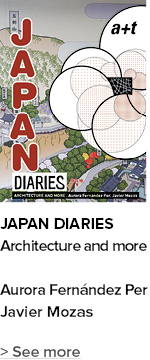




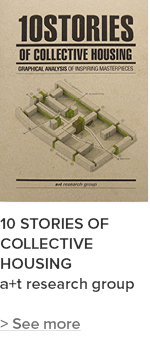

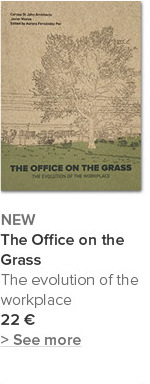
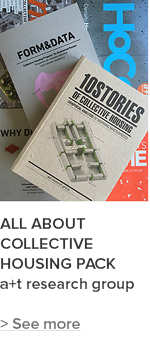
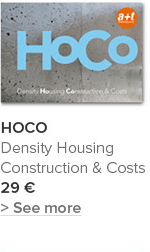

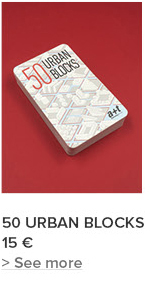
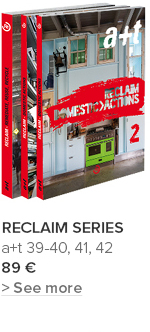

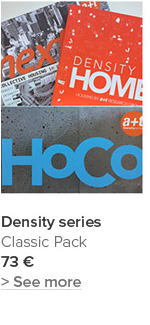

















 I've read and agree to
I've read and agree to 


